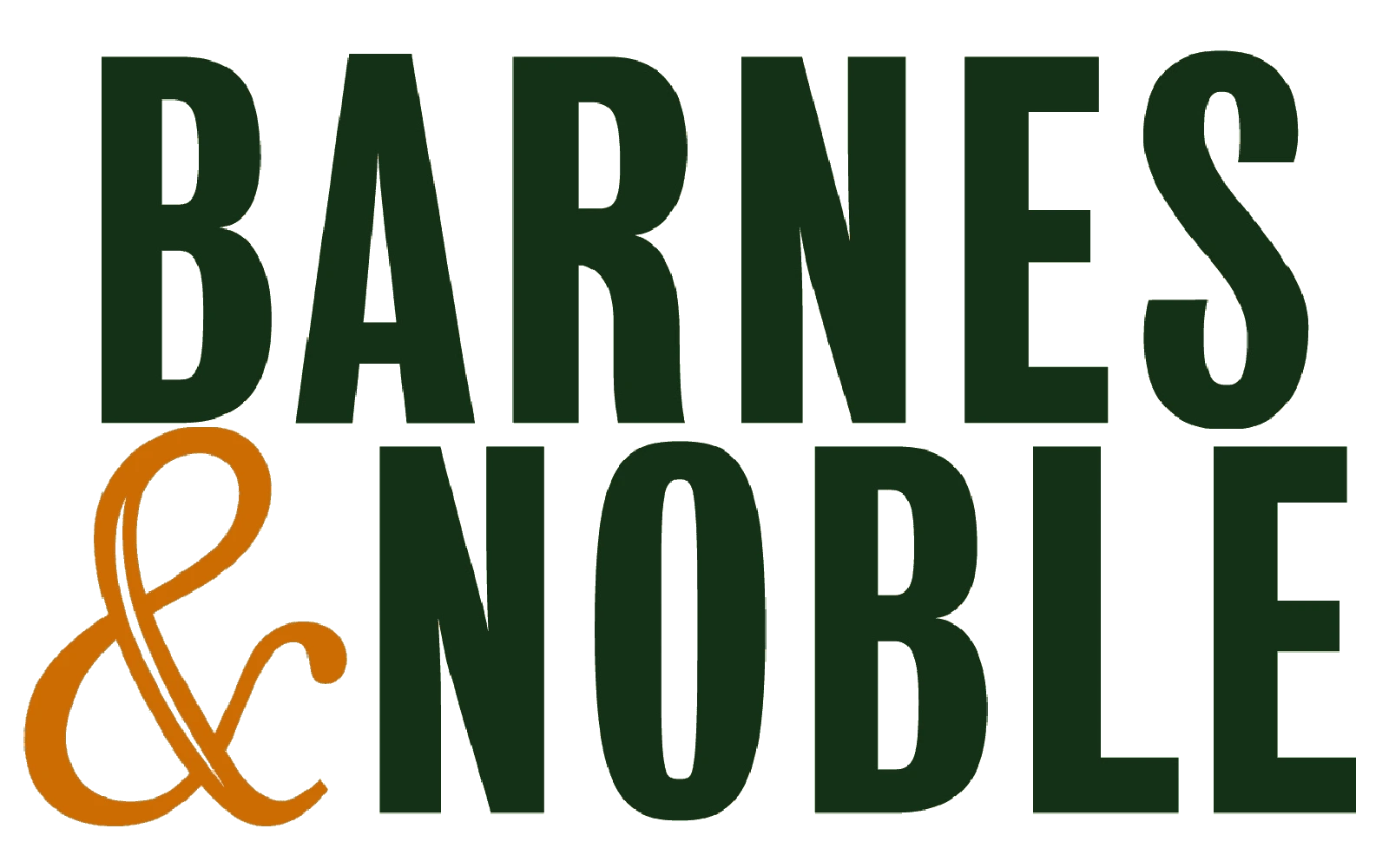Home
Analogy and Structure / Edition 1
Barnes and Noble
Loading Inventory...
Analogy and Structure / Edition 1 in Bloomington, MN
Current price: $169.99


Analogy and Structure / Edition 1 in Bloomington, MN
Current price: $169.99
Loading Inventory...
Size: OS
Analogy and Structure provides the necessary foundation for understanding the nature of analogical and structuralist (or rule-based) approaches to describing behavior. In the first part of this book, the mathematical properties of rule approaches are developed; in the second part, the analogical alternative to rules is developed. This book serves as the mathematical basis for Analogical Modeling of Language (Kluwer, 1989). Features include: A Natural Measure of Uncertainty: The disagreement between randomly chosen occurences avids the difficulties of using entropy as the measure of uncertainty. Optimal Descriptions: The implicit assumption of structuralist descriptions (namely, that descriptions of behavior should be corrected and minimal) can be derived from more fundamental statements about the uncertainty of rule systems. Problems with Rule Approaches: The correct description of nondeterministic behavior leads to an atomistic, analog alternative to structuralist (or rule-based) descriptions. Natural Statistics: Traditional statistical tests are eliminated in favor of statistically equivalent decision rules that involve little or no mathematical calculation. Psycholinguistic Factors: Analogical models, unlike, neural networks, directly account for probabilistic learning as well as reaction times in world-recognition experiments.
Analogy and Structure provides the necessary foundation for understanding the nature of analogical and structuralist (or rule-based) approaches to describing behavior. In the first part of this book, the mathematical properties of rule approaches are developed; in the second part, the analogical alternative to rules is developed. This book serves as the mathematical basis for Analogical Modeling of Language (Kluwer, 1989). Features include: A Natural Measure of Uncertainty: The disagreement between randomly chosen occurences avids the difficulties of using entropy as the measure of uncertainty. Optimal Descriptions: The implicit assumption of structuralist descriptions (namely, that descriptions of behavior should be corrected and minimal) can be derived from more fundamental statements about the uncertainty of rule systems. Problems with Rule Approaches: The correct description of nondeterministic behavior leads to an atomistic, analog alternative to structuralist (or rule-based) descriptions. Natural Statistics: Traditional statistical tests are eliminated in favor of statistically equivalent decision rules that involve little or no mathematical calculation. Psycholinguistic Factors: Analogical models, unlike, neural networks, directly account for probabilistic learning as well as reaction times in world-recognition experiments.

















